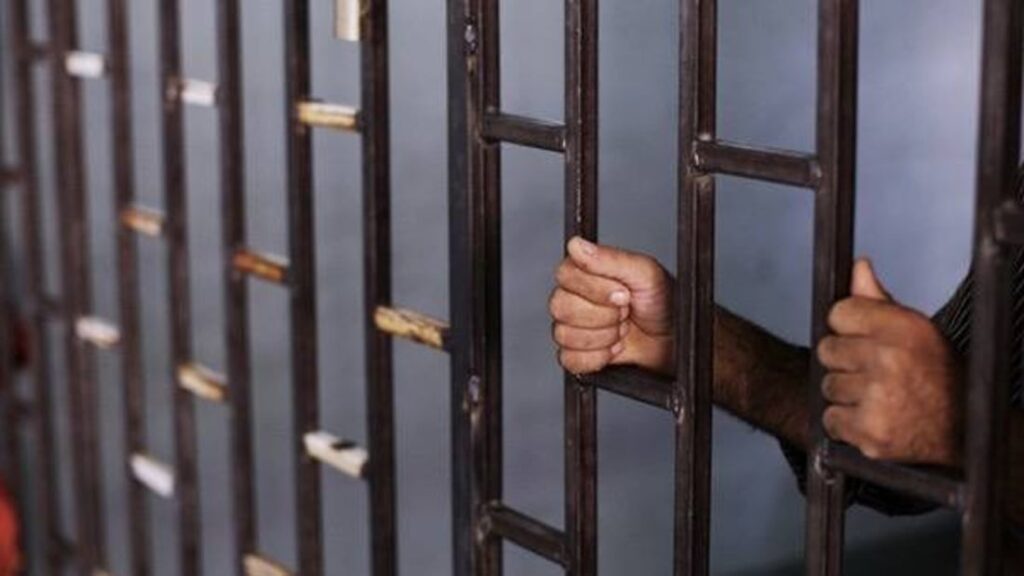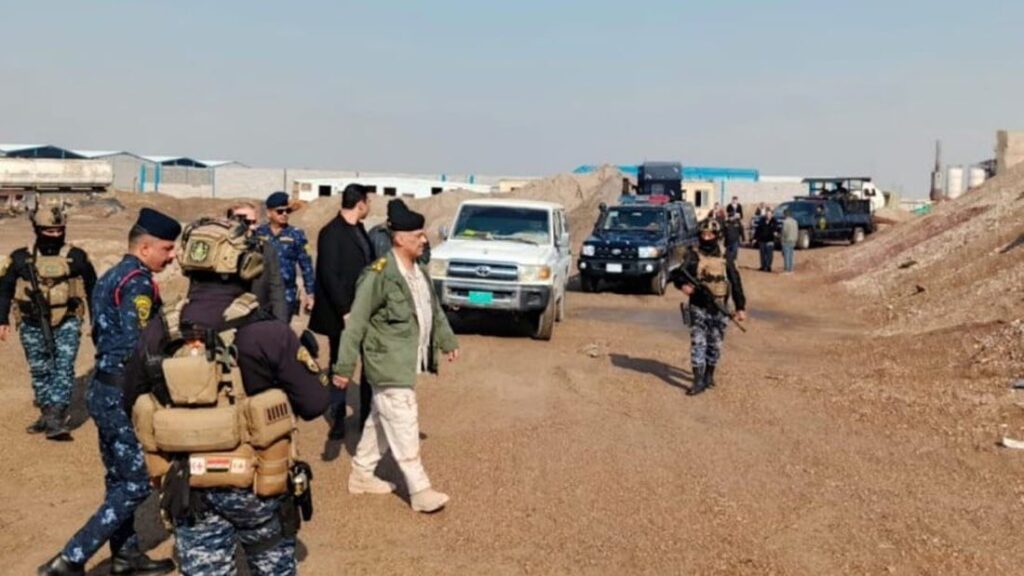Yemen: ACLED Regional Overview – Middle East (16 January - 1 February 2020)
Last week in the Middle East, key developments occurred across the region. As predicted, demonstrations were reported across a number of countries in the region following the release of the US peace plan for Israel and Palestine. Demonstrations against the newly formed government continued in Lebanon. In Syria and Yemen, major fighting took place. In Iraq, the president nominated a new prime minister, demonstrations continued, and rocket attacks targeted the US embassy in Baghdad and military bases hosting US troops.
Last week, the US released its peace plan for Israel and Palestine on 28 January. Reacting to the plan, demonstrations against it took place across the Middle East. The controversial plan purports to be a solution to the Israeli-Palestinian conflict through establishing a Palestinian state based on new borders that would allow Israel to annex the Jordan Valley and Israeli settlements in the West Bank. In Israel, thousands of Israelis marched against the plan in Tel Aviv, and hundreds of Palestinian citizens of Israel protested the plan in Baqa Al Gharbiya. In Palestine, increased clashes with Israeli forces following the release of the plan reportedly injured over 100 Palestinians. Demonstrations condemning the plan also took place in Palestinian refugee camps in Lebanon and Jordan, as well as other cities in Jordan. Demonstrations were also held in cities across Turkey and in Bahrain. One protest event was reported in Yemen. Meanwhile, the plan was rejected by the UN who reaffirmed that any solution should be based on UN resolutions and international law (MEMO, 29 January 2020).
Meanwhile, Israeli forces conducted airstrikes against Hamas targets in the Gaza strip following rocket fire into southern Israel from Gaza on 29 and 30 January. Neither the airstrikes nor the rockets resulted in any reports of casualties, continuing the trend of protracted low level conflict. Yet, it is important to note that the airstrikes and rocket attacks did not appear to be affected by the US peace plan announcement.
Aside from demonstrations related to the US peace plan, in Lebanon, demonstrations against the government continued with particularly violent demonstrations reported outside the Parliament in Beirut. However, towards the end of the week, the number of demonstration events decreased drastically.
Last week in Turkey, local groups affiliated with Civil Protection Units (YPS) continued their arson attacks on property and against Turkish police. These kinds of attacks began at the end of July 2019 and have since spiked in October 2019 and again in January 2020. There were very few events related to Operation Claw — the Turkish military operation in southwestern Turkey and northeastern Iraq against the Kurdistan Workers’ Party (PKK). Events related to Operation Claw have significantly dropped off since November, likely due to Turkey’s increased engagement in conflicts in Libya and Syria.
Meanwhile, in Syria, regime and allied forces continued advancing against opposition and Islamist factions capturing several towns and villages in southern and eastern Idleb. Regime and allied forces captured Ma’arrat An Nu’man, one of the main opposition strongholds in the Greater Idleb Area. Regime and allied forces also gained territory in western Aleppo where territorial gains have been slower. The regime’s next main objective is to capture Saraqab, where Turkey has sent troops and heavy equipment to reinforce its observation post on the outskirts of the city. Concurrently, regime forces surrounded yet another Turkish observation post in Maar Hattat, bringing the total number of surrounded Turkish observation posts to three. Meanwhile, the regime shelled Turkish positions in northwest Syria, killing at least five Turkish soldiers and wounding seven others; Turkey responded to the attack, killing several regime soldiers (Al Jazeera, 03 February 2020) (these developments occurred this week and will hence be reflected in next week’s data release). Continued violence in northwestern Syria in the last week pushed more displaced people towards areas along the Turkish border.
In Yemen, major clashes occurred in the areas of Al Jawf, Sanaa, and Marib governorates to the northeast of the city of Sanaa, the capital of Yemen. Reports vary on the exact location of the frontlines in this area, but pro-Houthi forces maintain positions within striking distance of Al Hazm, the capital of Al Jawf, and Marib city. Significant fighting also occurred in Ad Dali and Taizz governorates between pro-Houthi and anti-Houthi forces, with anti-Houthi forces claiming advances in Taizz. Saudi-led airstrikes continued at a significant level last week and focused around the frontlines in Al Jawf, Marib, and Sanaa, as well as along the Saudi-Yemeni border governorates of Asir and Sadah.
A significant drop in hostilities with no clashes reported took place in Sadah and Hajjah governorates. It appears that the intensity of conflict elsewhere has resulted in relative calm throughout those two governorates. Pro-Houthi forces claimed ballistic missile attacks on important sites inside Saudi Arabia marking the first coordinated attack in several months inside Saudi territory. Prior attacks were focused along the Saudi-Yemeni border.
Implementation of the ‘Riyadh Agreement’ appears to have reached an impasse. No prisoner swaps or troop redeployments were reported between pro-Southern Transitional Council (STC) and pro-Hadi forces. Prisoner swaps were only reported between pro-Houthi and anti-Houthi forces. US airstrikes were reported on Al Qaeda in the Arabian Peninsula (AQAP) positions in Marib and Al Bayda and claims were reported that the leader of AQAP, Qassem Al Raymi, was killed in one of the drone strikes (Al Masdar, 02 February 2020).
In Iraq, last week on 1 February, President Barham Salih nominated a new prime minister, Mohammed Tawfiq Allawi, following the inability of the parliament to elect a new prime minister. Many demonstrators quickly rejected the appointment as two of their demands were for the new prime minister to have neither dual citizenship nor prior political appointments — Allawi has both (Atlantic Council, 3 February 2020). The appointment created a new chasm in the popular protest movement, as Shiite cleric Muqtada Al Sadr welcomed the new prime minister, who is also backed by Sadr’s Sairoon Alliance. Following his initial withdrawal of support from the demonstrations, Sadr ordered his supporters to return to the streets, and by the end of the day skirmishes between his supporters and demonstrators were reported. Sadr’s supporters were also reported to be helping security forces clear Tahrir Square (Al Monitor, 3 February 2020). This divide will only lead to more violence, as Baghdad and the South seem to splinter.
Moreover, last week three unidentified rockets struck the US embassy in Baghdad, leaving at least one person reportedly injured (France24, 27 January 2020). Meanwhile, five other unidentified rockets struck an Iraqi military base housing US forces in Iraq’s northern province of Ninewa, with no reports of injuries. These attacks, despite being unclaimed, are often blamed on Iran or Iranian proxies, further inflaming tensions between Iran and the US via Iraq.




